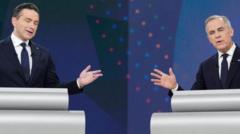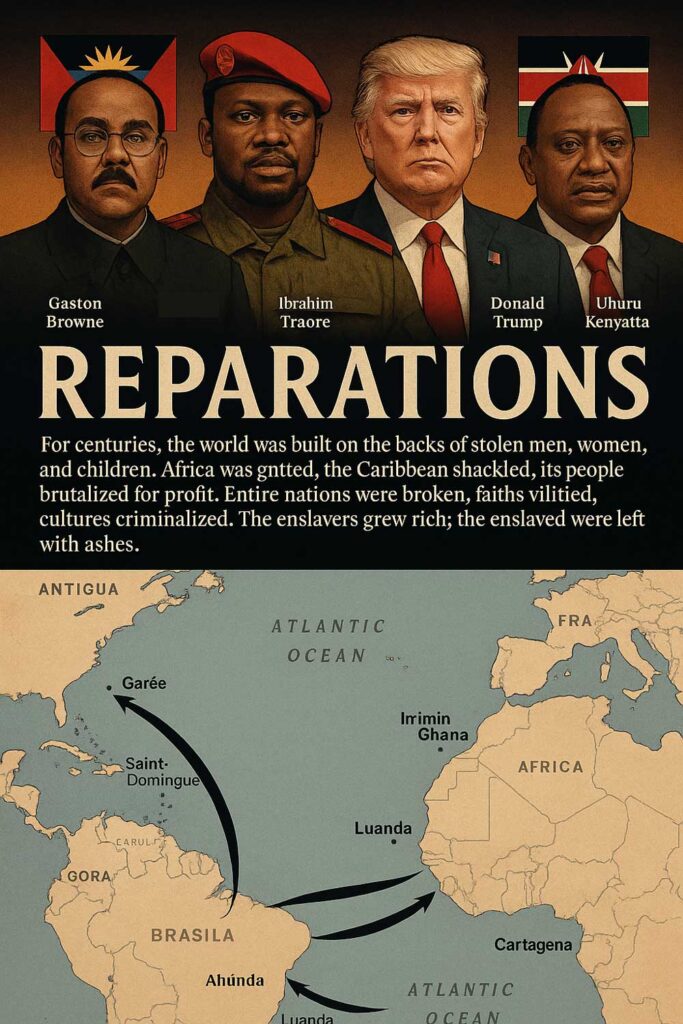Carney, who has maintained a lead in polls, faced probing questions from his rivals: Conservative leader Pierre Poilievre, New Democratic Party leader Jagmeet Singh, and Bloc Québécois leader Yves-Francois Blanchet. Here's a look at five crucial takeaways from the event:
**1. Trudeau's Shadow Looms Over Carney:** The former governor introduced his own proposals, but his challengers immediately linked him to former Prime Minister Trudeau's unpopular tenure. Each leader seized opportunities to question Carney's ability to enact change, with Poilievre referring to a “lost Liberal decade” of rising costs. Carney consistently defended his stances, emphasizing the brief nature of his leadership period.
**2. A New Strategy for Tariffs:** The political discourse turned to the ongoing trade war with the US. Carney and his opponents recognized COVID-19's significant impacts on international trade. While historically advocating for a retaliatory approach, Carney now supported a shift toward more strategic tariffs aimed at minimizing harm to Canadian interests.
**3. Policy Nuances Matter:** Beyond the dominating Trump narrative, leaders presented their visions for Canada. Poilievre called for reduced government involvement to spur economic growth, while Singh pushed for enhanced social programs. Carney's moderate stance championed selective government involvement, whereas Blanchet focused on Quebec's unique identity, aiming to carve out a distinct role for his party.
**4. Third Parties Struggle for Relevance:** With the two primary parties drawing most support, minor parties such as the New Democrats find themselves at risk of losing traction. Singh made direct attempts to distinguish his party as the alternative for left-leaning voters amidst fears of marginalization. The Bloc leader also used the debate to amplify issues integral to Quebec voters but may face a decline in seats.
**5. A Remarkably Civil Debate:** Overall, while the exchanges were thorough and passionate, the leaders maintained a level of decorum markedly different from some past contentious debates. Instances of cordiality—like Carney’s self-censored remarks during a rebuttal—reflected a surprisingly respectful atmosphere compared to approaches seen in other electoral arenas.
As focus turns towards the polls slated for later this month, the leaders’ contrasting perspectives provide Canadians with distinct choices reflecting their societal priorities and ideological beliefs.
In this crucial pre-election moment, the upcoming voting decisions will profoundly impact the trajectory of Canada's political landscape.
**1. Trudeau's Shadow Looms Over Carney:** The former governor introduced his own proposals, but his challengers immediately linked him to former Prime Minister Trudeau's unpopular tenure. Each leader seized opportunities to question Carney's ability to enact change, with Poilievre referring to a “lost Liberal decade” of rising costs. Carney consistently defended his stances, emphasizing the brief nature of his leadership period.
**2. A New Strategy for Tariffs:** The political discourse turned to the ongoing trade war with the US. Carney and his opponents recognized COVID-19's significant impacts on international trade. While historically advocating for a retaliatory approach, Carney now supported a shift toward more strategic tariffs aimed at minimizing harm to Canadian interests.
**3. Policy Nuances Matter:** Beyond the dominating Trump narrative, leaders presented their visions for Canada. Poilievre called for reduced government involvement to spur economic growth, while Singh pushed for enhanced social programs. Carney's moderate stance championed selective government involvement, whereas Blanchet focused on Quebec's unique identity, aiming to carve out a distinct role for his party.
**4. Third Parties Struggle for Relevance:** With the two primary parties drawing most support, minor parties such as the New Democrats find themselves at risk of losing traction. Singh made direct attempts to distinguish his party as the alternative for left-leaning voters amidst fears of marginalization. The Bloc leader also used the debate to amplify issues integral to Quebec voters but may face a decline in seats.
**5. A Remarkably Civil Debate:** Overall, while the exchanges were thorough and passionate, the leaders maintained a level of decorum markedly different from some past contentious debates. Instances of cordiality—like Carney’s self-censored remarks during a rebuttal—reflected a surprisingly respectful atmosphere compared to approaches seen in other electoral arenas.
As focus turns towards the polls slated for later this month, the leaders’ contrasting perspectives provide Canadians with distinct choices reflecting their societal priorities and ideological beliefs.
In this crucial pre-election moment, the upcoming voting decisions will profoundly impact the trajectory of Canada's political landscape.




















